Barbara Chase-Riboud Exhibition at Monaco Hauser & Wirth Gallery: Josephine Baker, Embrodery and Monumental Art in Monaco: A Dazzling Exhibition of Silk, Bronze, and Rebellion
- Zoe Chambers

- Mar 10
- 6 min read
Updated: Mar 21
Art history can be a solemn, weighty affair, full of grand proclamations and reverent whispers. But Barbara Chase-Riboud’s exhibition at Hauser & Wirth Gallery in Monaco refuses to tiptoe around the past—it strides in, silk billowing, bronze gleaming, and delivers a history lesson with all the drama of an operatic crescendo. This is no dry retrospective; it is a passionate, deeply personal tribute to indomitable Josephine Baker— who left her indelible mark on history. Chase-Riboud’s work, as ever, oscillates between the monumental and the intimate, the weight of empire and the whisper of memory. It is a testament to the power of art to navigate time, personal memory, and historical reckoning.
Exhibition: Barbara Chase-Riboud. The Josephines
6 March - 14 June 2025
Hauser & Wirth Monte-Carlo Gallery One Monte-Carlo Place du Casino 98000 Monaco
The gallery is open Tuesday – Saturday, 10 am – 6 pm
Free Entry

Josephine Baker: Muse, Icon, Friend
Some artists choose their subjects; others live them. Chase-Riboud’s connection to Josephine Baker is not a matter of distant admiration—it is a lived experience, a final encounter backstage at the Bobino Theatre, mere days before Baker’s death. This is not just art about history; it is art forged from personal history, charged with the electricity of firsthand experience. The result? An exhibition that doesn’t just celebrate Baker—it channels her presence, resplendent and untamed, from the stage lights of Paris to the echoes of her wartime espionage. Baker, who mesmerized audiences from the Folies Bergère to the grand salons of European aristocracy, is here enshrined not as an untouchable myth but as a flesh-and-blood force, eternal in movement and spirit.
The exhibition was created in collaboration with Société des Bains de Mer (SBM), which owns an extensive archive of Josephine Baker’s legacy. As part of this collaboration, SBM presented a special tribute to the legendary performer, displaying rare memorabilia and emblematic posters that capture her extraordinary life and career.
Bronze and Silk: The Josephine Series and the Alchemy of Contrasts
Chase-Riboud has always been a master of contradiction—softness against severity, fluidity against form, history against the present moment. Nowhere is this more apparent than in her Josephine series, a collection of sculptures that pit the immutable heft of bronze against the sumptuous folds of the industrial grit of maritime cables salvaged from dismantled ships. Originally an homage to Empress Josephine, the series has expanded to embrace Baker, whose life as both entertainer and resistance figure aligns perfectly with Chase-Riboud’s ongoing interrogation of power and spectacle. These sculptures do not simply stand—they command. They are bodies transformed into monuments, draped in the finery of courtly opulence yet carrying the weight of histories both triumphant and tragic. The silk, cascading like an imperial robe, is no mere adornment—it is armor, resilience, the tangible memory of women who have shaped the world.
Music in Metal: La Musica and the Art of Sculpting Sound
Then there’s La Musica, where Chase-Riboud dares to give shape to sound. Bronze and textile entwine in shape of sacred totems. It is sculpture that seems on the verge of movement, a kind of material jazz that refuses to settle, instead vibrating with a kinetic energy that is almost audible. Created in the late 20th century, the series embodies themes of movement, rhythm, and musicality, drawing inspiration from both European classical music and African heritage. Each piece in the series resembles a totem from Africa or Oceania, with its elongated, vertical form and intricate textural contrasts. In the current exhibition, the totems’ colors and shapes evoke Brancusi’s famous Bird in Space, with black and gold exuding timeless elegance, while red adds a bold, striking presence—an infallible combination in any grand work of art.

Embroidery, But Make It Rebellious
For those who assume embroidery belongs solely to the grandmother's past time of quiet domesticity, Chase-Riboud’s latest works on paper will disabuse them of that notion. Created during her travels in Egypt, these intricate pieces nod to the decadence of Baker’s stage costumes especially the white dress which was exhibited couple years ago in Monaco's Hotel de Paris. It is embroidery with an edge, an exercise in reworking refinement into something far more subversive. It is the most beautifully crafted an abstract poems without words and words without sound. The beauty of white shiny silk threats on rough whiteness of art paper. It is probably one of the most beautiful contemporary art pieces i saw in many years. Original but yet abstract, with great story and idea behind and perfectly crafted. Perfect gift for any art collector from person who is in love with.
A Theatrical Stage for a Theatrical Life
Hauser & Wirth has wisely leaned into the drama. The gallery, usually a minimalist white shrine to contemporary art, has been transformed into something richer, darker, more evocative. Blackened walls create a heightened sense of theatricality, allowing the works to emerge from the shadows with all the grandeur of a Monte Carlo opera Garnier house curtain call. Tanya Barson, in collaboration with Chase-Riboud’s director Erin Jenoa Gilbert, has curated an exhibition that refuses to play it safe. It embraces the darkness—not as void, but as atmosphere, as mood, as a reminder that history is never truly past. Here, Chase-Riboud’s sculptures glow like relics from a future excavation, imbued with both memory and prophecy.
Barbara Chase-Riboud: The Woman Who Refuses to Be Defined
Today Barbara is probably the most celebrated black woman living artist in the world with solo shows in museums like Louvre, Orsay Museum, Centre Pompidou MOMA etc. Chase-Riboud has made a career out of defying categorization. Artist, sculptor, poet, novelist—her creative output spans disciplines with the same fluidity that her sculptures marry bronze to silk.

Born in 1939 in Philadelphia, USA, Chase-Riboud displayed a deep interest in art from an early age. Her mother worked in the medical profession, while her father was a contractor—an upbringing that fostered both intellectual curiosity and an appreciation for craftsmanship. Recognizing her artistic potential, she was admitted to the Philadelphia Museum School of Art, where she later earned a Bachelor of Fine Arts from Temple University. A pivotal moment in her career came when she received the prestigious John Hay Whitney Fellowship, allowing her to study at the American Academy in Rome for a year. It was in Rome that she created her first sculptural works and held her first exhibitions, marking the beginning of her career as a sculptor.
Throughout her early years, Chase-Riboud was deeply immersed in the artistic and cultural movements of the time. While in Rome, she traveled extensively to Paris, Greece, Turkey, and Egypt, absorbing artistic influences from each place. She later earned her Master of Fine Arts degree from Yale University, making her one of the few African American women to do so at the time. After completing her studies in the U.S., she moved to Europe permanently, first to London and then settling in Paris, where she enrolled at the Académie de la Grande Chaumière.
It was in Paris that Chase-Riboud began to develop the distinctive artistic language that would define her career. She experimented with sculpture, blending bronze casting with textiles—most notably silk ropes and wool. This innovative fusion of materials became her signature style, bridging modernist abstraction, classical sculpture, and textile traditions from African and Oceanic art. Her work evokes a powerful interplay between monumentality and fluidity, rigidity and softness, often taking the form of totemic, faceless figures that blur the boundaries between sculpture, textile art, and conceptual abstraction.
During this period, she married Magnum photographer Marc Riboud, whose work took them to some of the most remote corners of the world. Living in Paris in the 1960s, Chase-Riboud found herself at the center of the avant-garde, surrounded by movements such as Nouveau Réalisme, Pop Art, Conceptualism, and Surrealism. Initially influenced by figurative sculptors like Germaine Richier and Alberto Giacometti, she gradually shifted toward abstraction, pioneering a technique in which she sculpted wax models before casting them directly in bronze. The juxtaposition of heavy, reflective metals with soft, cascading textiles became a defining characteristic of her work, adding layers of movement and texture to her sculptural compositions.
Over the decades, Chase-Riboud’s artistic reach has spanned continents, with exhibitions and projects in almost every part of the world—except perhaps Antarctica. Her contributions to the arts have been widely recognized, earning her numerous accolades, including being knighted by the French government and awarded the Légion d’Honneur and Chevalier des Arts et des Lettres. She has also received the Alain Locke Award from the Detroit Institute of Arts, among other prestigious honors.
A Legacy that Demands Attention
It is always compelling to witness the evolution of the global art scene as it weaves in local narratives. Josephine Baker, a longtime Monaco resident now laid to rest here, serves as a poignant inspiration for Barbara Chase-Riboud’s exhibition. The dedication feels both personal and historically resonant. Equally moving was the artist’s presence at the opening—a rare and remarkable moment given her storied career and venerable age. Bravo to Hauser & Wirth for seamlessly integrating Monaco’s rich cultural history into this exhibition.
And if you find yourself in Monte Carlo, Chase-Riboud’s embroidered pieces are a must-see, alongside the striking scenography that commands the space with undeniable drama.
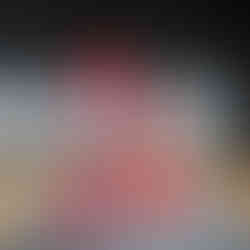









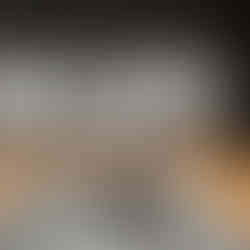














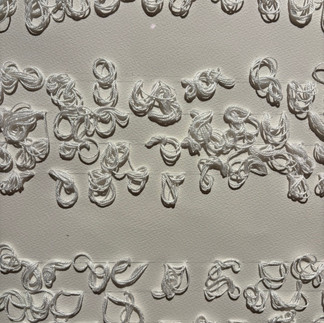
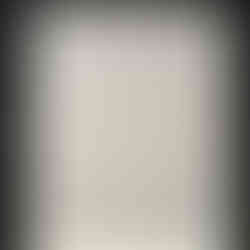




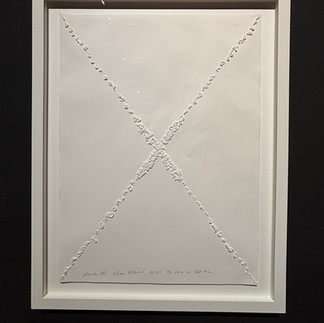


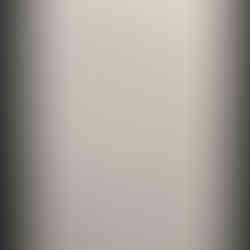







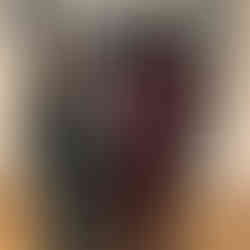


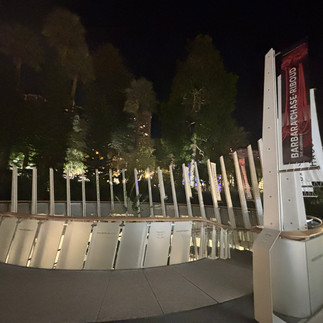




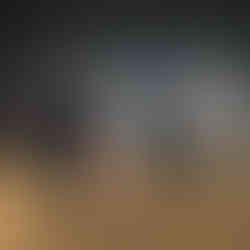




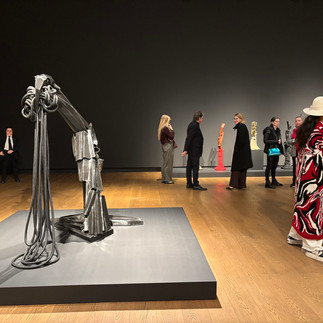

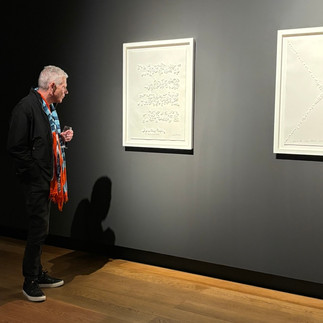
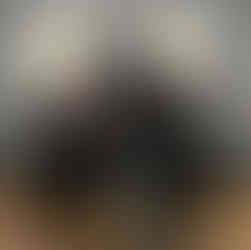


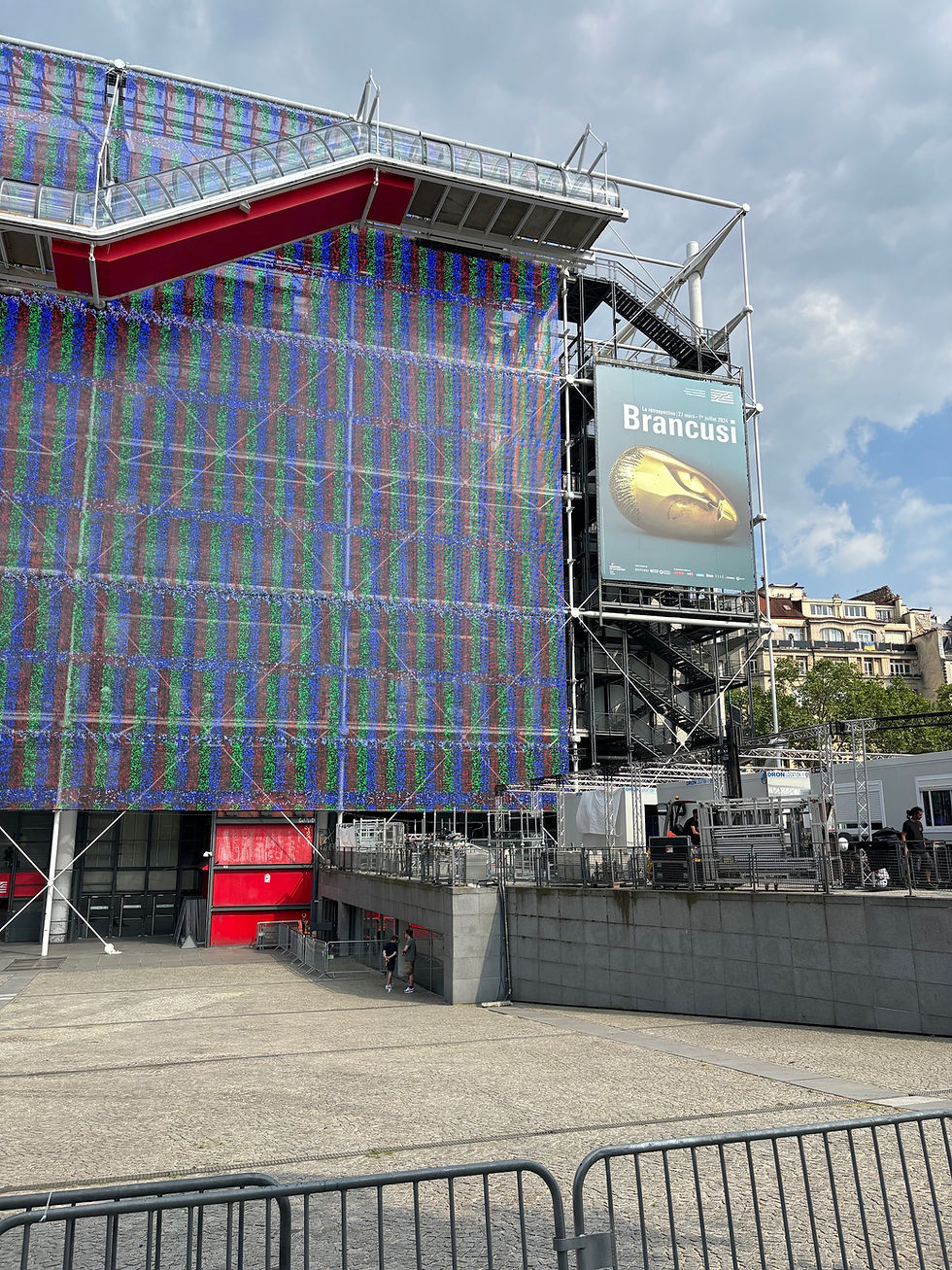

Comentários